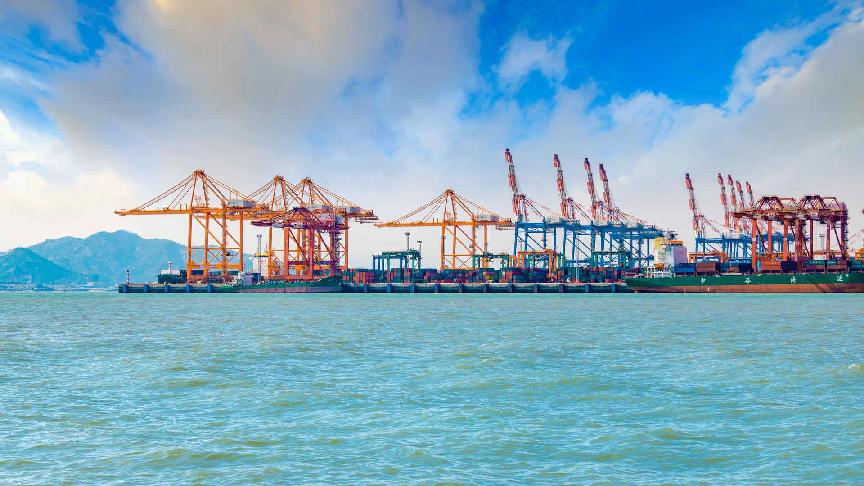Thailand is repositioning itself as a future logistics hub by investing in national shipping routes and using its strategic geographical location as an advantage in the global logistics market.
After long discussions, the Thai government has announced two costly projects that will reposition the country as a valuable contender for global import and export.
A national shipping line for domestic transport
The first project concerns a relaunch of a not-exactly-new idea: Thailand is relying on a reopening of a domestic shipping line in order to boost trade.
In order to attract larger shipping companies for export, Thailand is planning on diverting goods from around the country to the port of Bangkok by operating 4 container ships via 8 national shipping routes. Once arrived in Bangkok, the goods will then be ready to be presented on the international market and be exported.
This will allow Thailand to cater to its otherwise currently underserved ports and make it more lucrative for cargo ships to stop in Bangkok.
This venture is expected to create a handling capacity of around 31.000 TEU annually aiming to contribute to around 2% of Thai in- and export.
A bridge bypassing the Malacca Strait
Whilst the schedule for the resuscitation of Thailand’s national shipping industry still remains unknown, other plans to put Thailand on the map as a valuable logistics hub are in motion.
To provide a viable and profitable solution for the evermore rise in marine traffic throughout the Malacca Strait, which connects the Indian and Pacific oceans, Thailand has announced plans to realize a mammoth project of building a so-called Landbridge.
This is set to effectively shorten the duration of marine transport between the Indian and Pacific oceans by around 4 days and reduce the costs by around 15%.
In order to realize this Landbridge, the ports on the Gulf of Thailand and the Andaman Sea would be linked by a circa 100km road and railway connection, via which the goods received on one side of Thailand would be able to bypass the Malacca Strait and then be exported once arrived on the other side of Thailand.
As the Malacca Strait is currently heavily frequented by large cargo ships and is expected to reach capacity in the coming years, this announcement provides a crucial solution to the otherwise inevitable inundation of the Malacca Strait and will counteract rising shipping costs due to growing demand.
Apart from providing relief from rising shipping costs and reducing the risks of accidents (currently, around 60 accidents annually occur across the Malacca Strait), this new plan will create an estimated 280,000 jobs.
But this solution comes at a price: the Landbridge is set to cost around 28 billion dollars.
These two projects, however pricey, are sure to cause changes in regard to shipping capacities and route demand. They are also likely to reposition Thailand as an epicentre for logistical procedures and trade within the east-Asian area in times to come.







